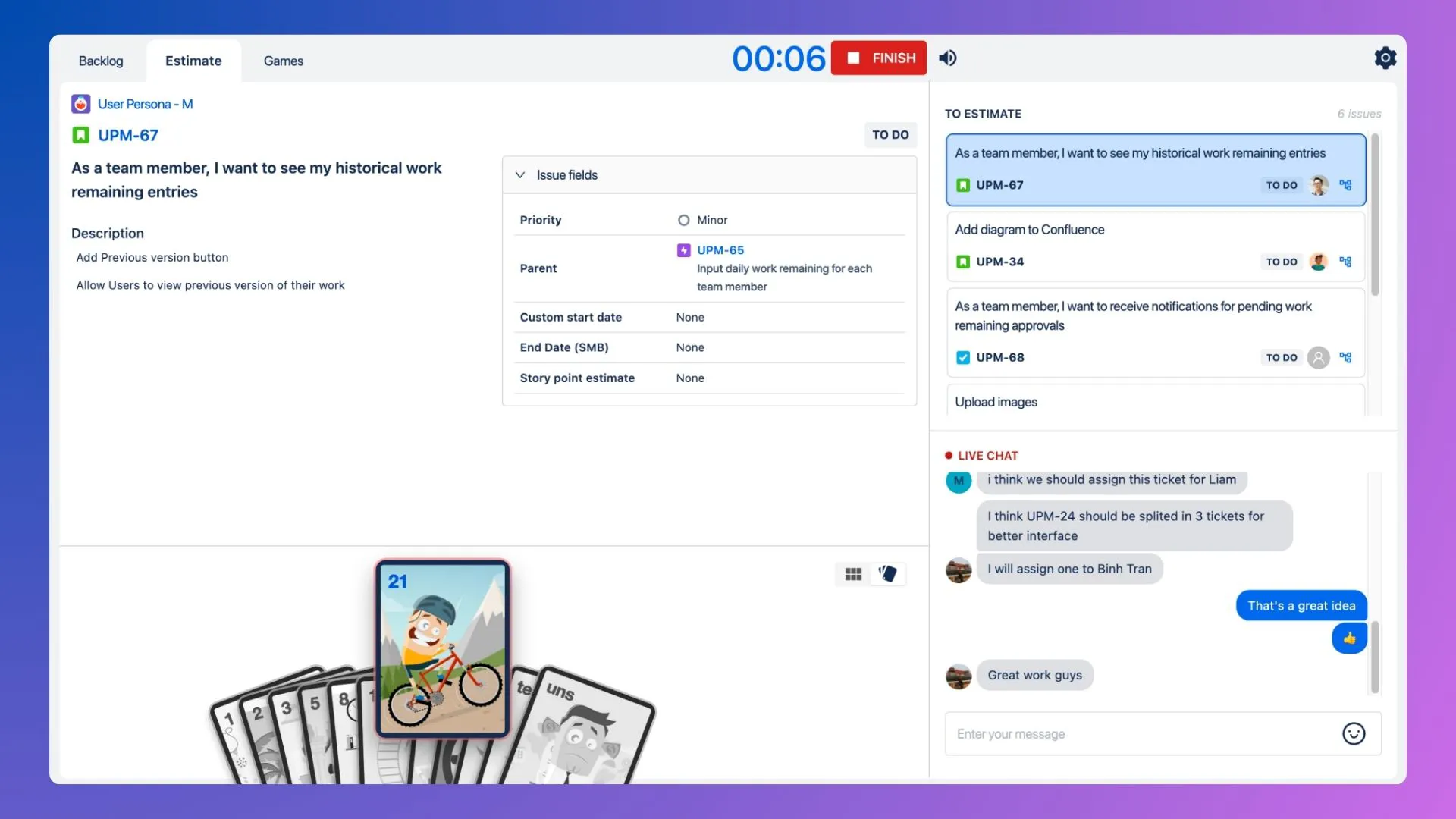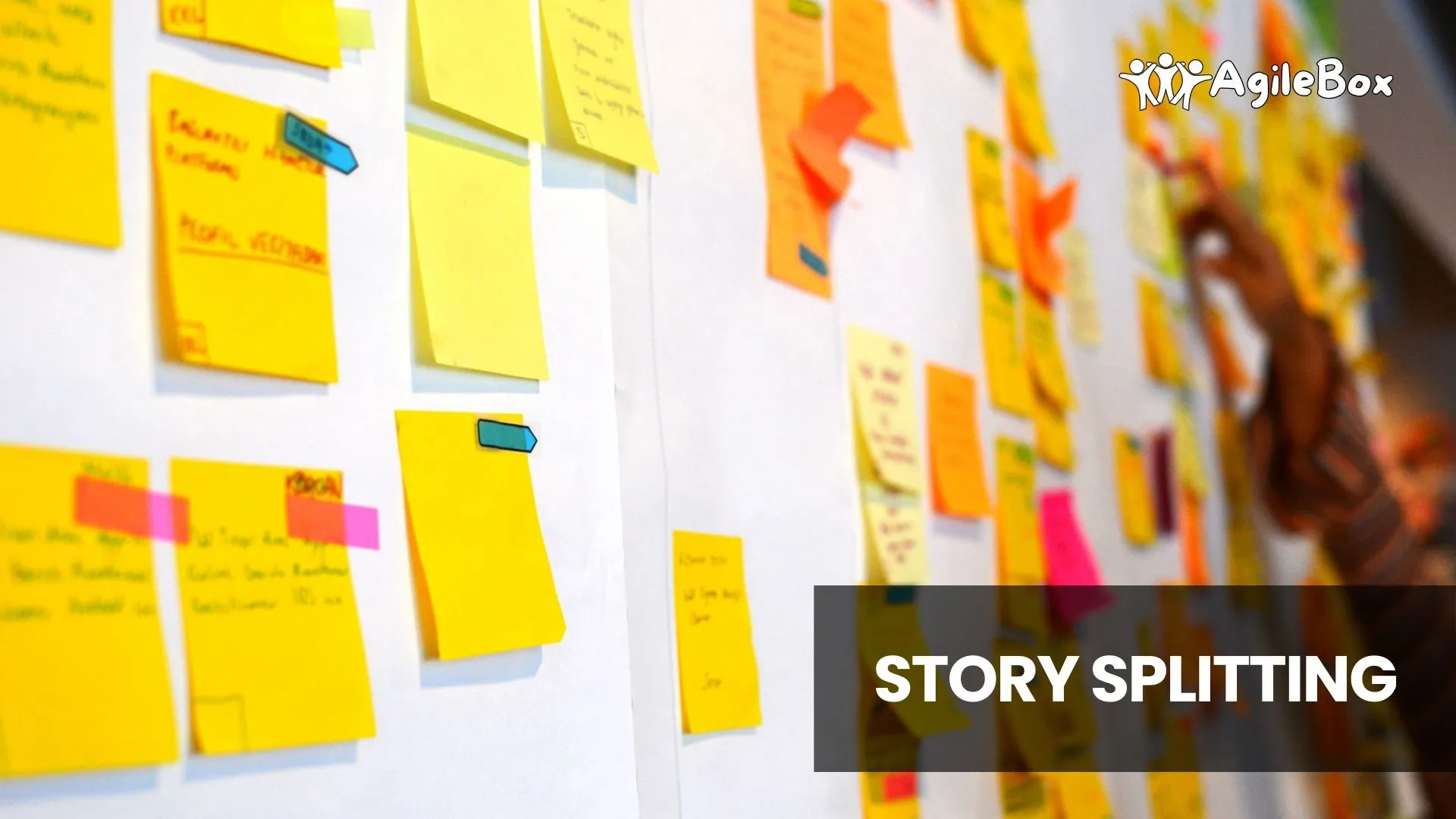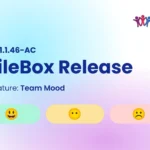User stories are essential for Agile development because they help define features from the end user’s viewpoint. However, some stories can be too complex to handle within a single iteration. This is where story splitting comes in.
Story splitting involves breaking down large user stories into smaller, more manageable pieces, ensuring that each can be completed within a sprint. This method improves delivery, priority, estimation, and simplicity of development.
Contents
What is Story Splitting?
Story splitting is the practice of breaking down large user stories into smaller, more manageable pieces in Agile development. This ensures each piece, or “split story,” can be completed within a single iteration or sprint.

User stories describe features from the end-user’s perspective and guide the team on what needs to be built. Story splitting helps manage complex stories that are too large to complete quickly.
Think of it this way: a user story that lets users “manage their entire online presence” is a bit daunting, right? But by splitting it into stories like “update profile picture,” “edit bio,” and “connect social media accounts,” it becomes much more manageable.
Why is Splitting User Stories Important?
Here’s why splitting user stories is like giving your Agile team a superpower:
- Conquer Complexity: Big, hairy user stories can be overwhelming. Splitting them down into smaller, more manageable chunks makes them easier to estimate, develop, and test. Think of it like tackling a mountain one step at a time – less daunting, right?
- Early Wins & Feedback: By delivering functionality in bite-sized pieces, you get working features in users’ hands sooner. This means earlier feedback and the chance to course-correct before diving too deep. Imagine getting user feedback after each chapter of your book, instead of waiting for the whole thing to be written!
- Focus on Value: Splitting forces you to prioritize the core functionalities that deliver the most value to users. It’s like laser-focusing on the most important plot points in your story – a captivating experience for everyone.
- Reduced Risk & Faster Delivery: Smaller stories mean less risk if something goes wrong. You can identify and fix issues early, preventing them from snowballing into bigger problems. This translates to faster delivery and happier stakeholders (and developers!).
Story splitting isn’t just about breaking things down; it’s about prioritizing value and delivering a fantastic user experience, one manageable chunk at a time.
Story-Splitting Techniques
Effective story splitting is essential for Agile success. Here are some proven techniques to break down user stories:

Vertical Slicing
Vertical slicing involves dividing a story by feature or function. Each slice delivers a complete piece of functionality, from the user interface to the backend, ensuring that it provides end-to-end value.
Horizontal Slicing
Horizontal slicing splits a story into layers, such as the UI, business logic, or database. This technique can help teams focus on specific technical aspects, but it’s important to ensure these slices still deliver user value. →
Workflow Steps
Break down the story based on user actions or workflow steps. This technique maps out the sequence of tasks a user performs, making it easier to identify and split logical units of work.
CRUD Operations
Divide the story based on the CRUD (Create, Read, Update, Delete) operations. Each operation becomes a smaller, manageable task, helping teams focus on one functionality at a time.
Acceptance Criteria
Split the story according to its acceptance criteria. Each criterion represents a condition of satisfaction that can be turned into a smaller, testable story.
Spike Stories
When a story is too complex or unclear, create a spike story. A spike is a time-boxed research task aimed at reducing uncertainty and gaining insights to make informed decisions on how to split the main story.
Using these techniques, Agile teams can ensure that each split story is manageable, valuable, and aligned with the overall project goals.
→ Related article: Explore the Story Point Estimation and Story Splitting Relationship
Unleashing the Potential of User Story Splitting
Effective user story splitting can significantly enhance your Agile development process. Here’s how to unleash its full potential:
Improved Team Collaboration
When user stories are split effectively, they become clearer and more manageable. This clarity fosters better communication and collaboration within the team, ensuring everyone is on the same page and working towards common goals.
Enhanced Flexibility and Adaptability
Smaller, well-defined stories allow teams to adapt quickly to changing requirements and priorities. This flexibility is key to responding to user feedback and market changes without disrupting the development flow.
Utilizing User Story Maps
Incorporate user story maps to visualize and organize split stories. A user story map from ProductGo provides a high-level view of the product’s functionality and helps teams understand the user journey. It ensures that split stories are aligned with user needs and business goals, maintaining a clear focus on delivering value.
Story Point Estimates with Planning Poker
Using story points and planning poker for estimates becomes more accurate with smaller stories. Planning poker, a collaborative estimation technique, helps teams assign relative values to stories, ensuring better planning and prioritization. Split stories are easier to estimate, making the planning process more reliable and effective.

Agile teams can enhance productivity, flexibility, and teamwork by utilizing the user story splitting method effectively.
→ Try out planning poker for Jira by AgileBox
Final Words
Effective story splitting can revolutionize your Agile development process by enhancing collaboration, flexibility, and delivery speed. By employing techniques like vertical slicing, horizontal slicing, and using user story maps, teams can ensure that each split story is manageable and valuable.
Additionally, utilizing planning poker for estimating split stories makes the planning process more accurate and reliable. Embrace story splitting to keep your Agile projects on track and continuously deliver value to your stakeholders, one manageable piece at a time.












